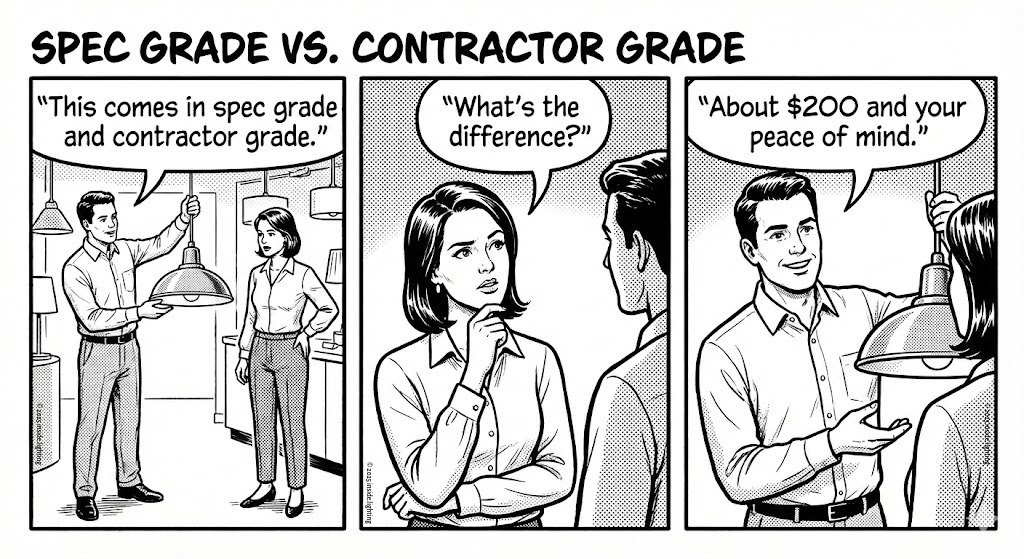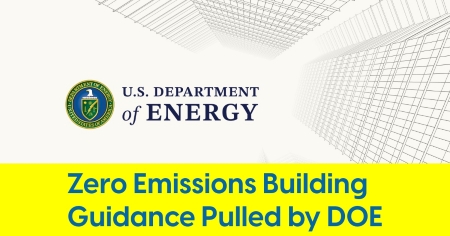May 27, 2025
Lighting’s Health Impact Gains National Attention

MAHA Commission links poor lighting to America’s childhood disease and sleep crisis
On May 22, the Presidential Commission to Make America Healthy Again — or MAHA Commission — released its inaugural assessment, a 73-page document that attempts to explain why America’s children are sicker than ever. Formed by executive order in February 2025 and chaired by Robert F. Kennedy Jr., the commission includes cabinet-level officials from health, agriculture, education, and environmental agencies, as well as ideologically aligned policy advisors close to President Trump. Its mission: to diagnose the root causes of the nation’s childhood chronic disease crisis and offer policy strategies to reverse it.
While the report zeroes in on predictable culprits like ultra-processed foods, environmental chemicals, and overmedicalization, it also gives some attention to an often-overlooked factor: lighting. Specifically, The MAHA Report outlines how exposure to artificial light at night — and lack of bright natural light during the day — is reshaping children’s sleep, metabolism, and mental health in potentially profound ways.
For a federal document driven by a politically charged commission, the report’s treatment of lighting is unusually detailed, citing peer-reviewed studies and naming light pollution as a near-universal condition affecting 99% of Americans. In doing so, it pulls lighting professionals into a national health conversation they’ve long orbited but rarely entered through the front door.
From Ignored to Cited
Dr. Martin Moore-Ede, a former Harvard professor and long-time advocate for circadian lighting, had warned in a May 21 Substack post that “unhealthy artificial light” risked being overlooked in the federal assessment. “Like junk food is harmful, so is junk light,” he wrote, urging policymakers to recognize how the transition to narrow-spectrum, blue-rich LEDs affects children's biological rhythms.
A day later, his concern was at least partially addressed. The MAHA report mentioned light exposure multiple times, citing not only its effects on melatonin suppression but also its broader physiological consequences — from glucose dysregulation to heightened stress. By the Commission’s own account, over 99% of Americans are exposed to nighttime light pollution, while children receive shockingly little high-lux natural daylight. These environmental shifts are, according to the report, “disrupting circadian rhythms and contributing to metabolic and psychological disorders.”
The document draws heavily from peer-reviewed studies, including the widely cited work by Smolensky et al. on the dual threat of nocturnal light pollution and insufficient daytime sunlight. It also references research by Mariana Figueiro,Ph.D and Mark Rea, Ph.D — then of the Lighting Research Center — demonstrating how blue light from screens delays melatonin production in children and teens.
Moore-Ede, responding post-publication, praised the Commission for “highlighting the issue of light exposure and health.” It was a measured nod — not quite a victory lap, but a signal that years of research and advocacy are beginning to pierce the federal health agenda.
Lighting’s Role in the Mental Health Crisis
The report makes a compelling link between lighting, sleep, and mental health. It notes that up to 95% of 12th graders are not getting adequate sleep, and the culprits aren’t just homework and hormones. Circadian misalignment due to screen exposure and late-night lighting plays a direct role. The document cites data showing that even six days of restricted sleep — exacerbated by blue light — can impair insulin sensitivity and spike inflammation, mechanisms known to influence both mood and metabolism.
While some findings border on the familiar for lighting professionals, the novelty here lies in context. The MAHA report doesn’t treat lighting as an afterthought or peripheral concern. Instead, it weaves light exposure into its diagnosis of a generation plagued by rising depression, anxiety, and chronic disease.
This framing has regulatory implications. For now, the federal approach to lighting remains dominated by energy metrics — like the DOE’s 125 lumens-per-watt mandate, which Moore-Ede and others argue will effectively outlaw health-supporting light bulbs. The MAHA assessment does not challenge that standard directly, but it gestures at a broader reconsideration of environmental exposures, leaving the door open for future policy shifts.
What Comes Next?
The MAHA Commission now has until August to finalize its “Make Our Children Healthy Again Strategy.” Whether lighting becomes a pillar of that strategy — or remains a footnote — will depend on how aggressively the agencies act on the assessment’s findings.
Moore-Ede, for his part, sees an opportunity. “The solutions are scientifically proven and available for use,” he wrote. “What is missing is a clear government policy that promotes healthy lighting.”
It’s an open question whether MAHA will deliver that policy. But for an industry that has long operated at the intersection of utility and biology, the implications are hard to ignore. Lighting is no longer merely a matter of illumination — it’s increasingly being recognized as a matter of health.











